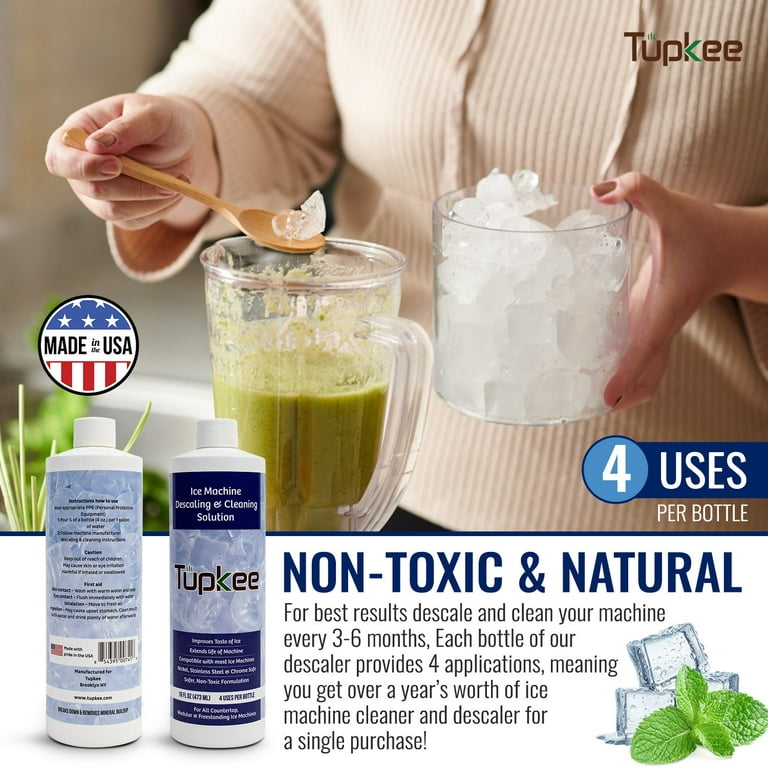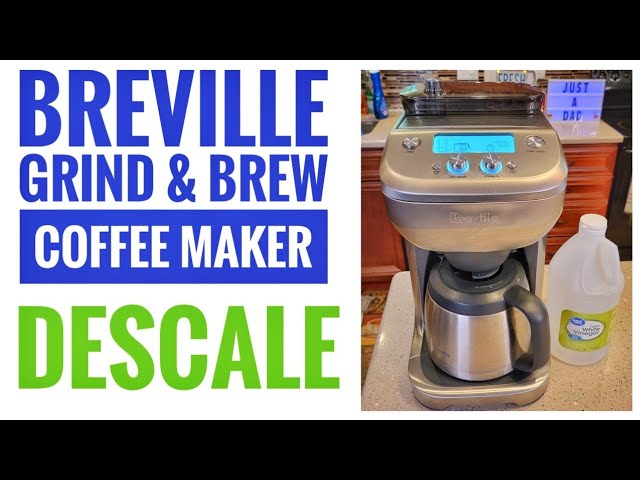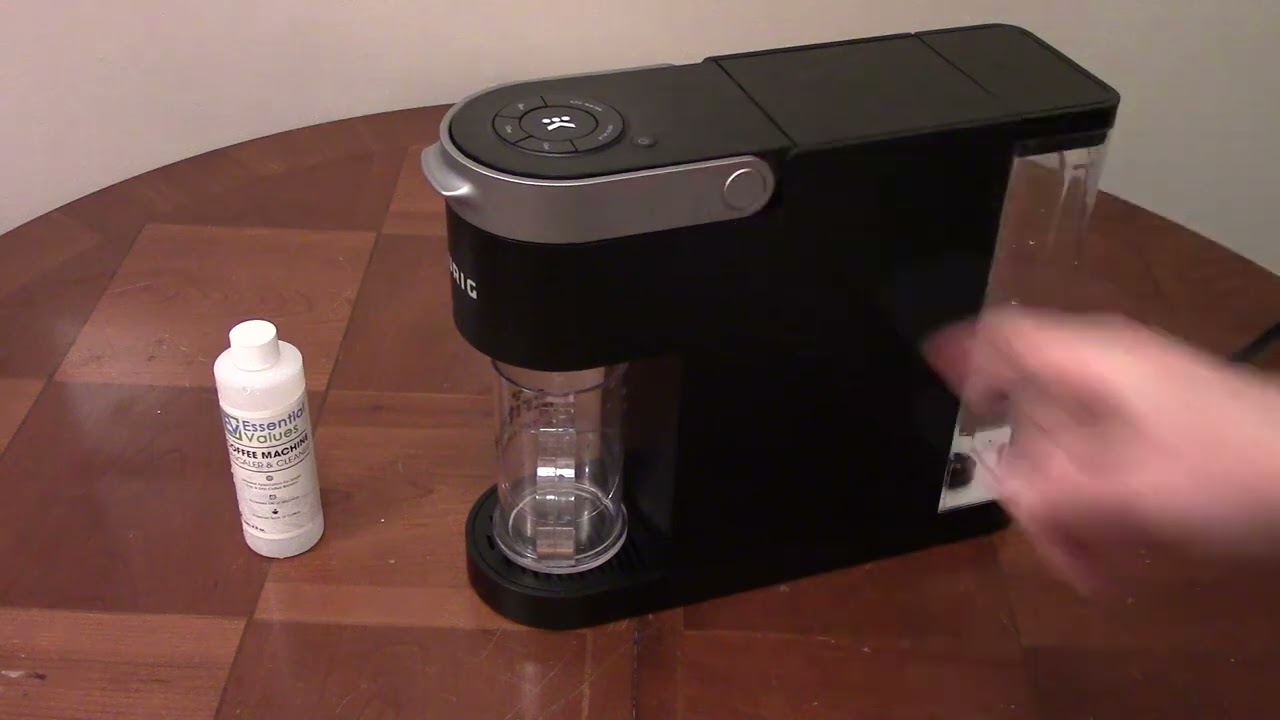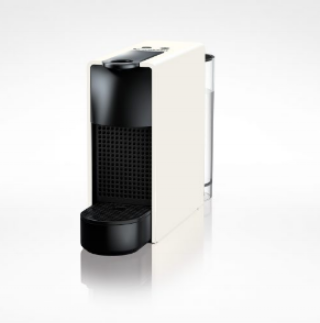Purchasing products via the links in our article may result in us earning a commission, but rest assured, this does not influence our editorial independence.
As a passionate baker, I understand the frustration of dealing with an oven that doesn’t perform at its best.
Baking is not just about following a recipe; it’s about creating something extraordinary. That’s why maintaining your oven is crucial for achieving the perfect bake every time.
In this ANOVA Oven Descaling Guide, I will share with you the secrets to unlocking better baking results by properly descaling your ANOVA oven.
Understanding ANOVA Ovens
ANOVA ovens have revolutionized the baking world with their advanced features and cutting-edge technology. These ovens offer precise temperature control, even heat distribution, and superior performance.
Whether you’re a professional pastry chef or a home baker, ANOVA ovens provide the perfect environment for all your baking needs. With their sleek design and intuitive controls, ANOVA ovens are a baker’s dream come true.
The Importance of Descaling
Descaling is the process of removing limescale buildup from your oven. Limescale is a common problem that occurs when minerals in water accumulate and form a hard, chalky residue. Over time, this buildup can affect the performance of your oven, causing uneven heat distribution, longer preheating times, and even potential damage to the heating elements. By regularly descaling your ANOVA oven, you can ensure optimal performance and extend its lifespan.
ANOVA Oven Descaling Methods
Now that we understand the importance of descaling, let’s explore the different methods for descaling an ANOVA oven. There are several options available, each with its own advantages and considerations.
Method 1: Using a Commercial Descaling Solution
One of the most convenient ways to descale your ANOVA oven is by using a commercial descaling solution. These solutions are specially formulated to dissolve limescale effectively and safely. Simply follow the instructions on the product label, and your oven will be descaled in no time. Remember to choose a descaling solution that is compatible with ANOVA ovens for optimal results.
Method 2: Using Vinegar and Water Mixture
If you prefer a natural and cost-effective solution, you can use a vinegar and water mixture to descale your ANOVA oven. Vinegar’s acidic properties make it an excellent descaling agent. Mix equal parts of white vinegar and water, and apply the solution to the affected areas of your oven. Let it sit for a while, then scrub away the limescale buildup with a soft cloth or sponge. Rinse thoroughly to remove any vinegar residue.
Method 3: Using Citric Acid Solution
Another effective descaling method is using a citric acid solution. Citric acid is a natural compound found in citrus fruits and is known for its descaling properties. Dissolve a few tablespoons of citric acid powder in warm water and apply the solution to the limescale buildup. Allow it to sit for some time, then scrub away the residue. Rinse the oven thoroughly to remove any remaining citric acid.
For detailed step-by-step instructions on each descaling method, you can refer to this helpful guide on descalergenius.com.
Safety Precautions
While descaling your ANOVA oven, it’s essential to prioritize safety to prevent any accidents or damage. Here are some important safety precautions to keep in mind:
- Always disconnect the oven from the power source before starting the descaling process.
- Wear protective gloves and goggles to avoid any contact with the descaling solution.
- Ensure proper ventilation in the area where you are descaling the oven to prevent the inhalation of fumes.
- Follow the manufacturer’s guidelines and instructions for descaling your specific ANOVA oven model.
Troubleshooting Common Issues
During the descaling process, you may encounter some common issues that can be easily resolved. Here are a few troubleshooting tips to help you overcome these challenges:
- Stubborn Limescale: If the limescale buildup is particularly stubborn, you can repeat the descaling process or try using a more concentrated descaling solution.
- Foul Odor: If you notice a strong odor during descaling, it is normal and will dissipate once the process is complete. Ensure proper ventilation to minimize the smell.
- Residue or Stains: After descaling, you may notice some residue or stains. Simply wipe them away with a damp cloth or sponge.
Maintenance Tips for Long-lasting Results
To maintain the optimal performance of your ANOVA oven and prevent limescale buildup, here are some maintenance tips to follow:
- Regular Cleaning: Wipe down the interior of your oven after each use to remove any food debris or spills.
- Use Soft Water: If you live in an area with hard water, consider installing a water softener to reduce mineral deposits.
- Avoid Harsh Chemicals: When cleaning your oven, avoid using abrasive cleaners or harsh chemicals, as they can damage the interior surfaces.
- Follow Manufacturer’s Guidelines: Refer to the ANOVA oven’s user manual for specific maintenance recommendations and cleaning instructions.
Conclusion
In conclusion, descaling your ANOVA oven is the key to unlocking better baking results. By understanding the importance of descaling, exploring different descaling methods, following safety precautions, troubleshooting common issues, and implementing regular maintenance routines, you can ensure that your ANOVA oven performs at its best. Remember, a well-maintained oven is the secret ingredient to achieving baking perfection every time.
Key Takeaways:
- Descaling is essential for maintaining the performance and lifespan of your ANOVA oven.
- There are multiple descaling methods available, including commercial solutions, vinegar and water mixture, and citric acid solution.
- Safety precautions must be followed during the descaling process to prevent accidents and damage.
- Regular maintenance routines, such as cleaning and using soft water, are crucial for long-lasting results.
- Frequently asked questions provide additional insights into descaling ANOVA ovens.
To unlock the secret to better baking, start by descaling your ANOVA oven today!
Emily Brown
Emily Brown is a professional cleaner with over 15 years of experience in the industry. She has a wealth of knowledge on the various descaling solutions and methods and is passionate about sharing her knowledge through her writing on the blog Descaler Genius. She also runs her own cleaning business, where she helps customers maintain their appliances and keep their homes clean and tidy.




